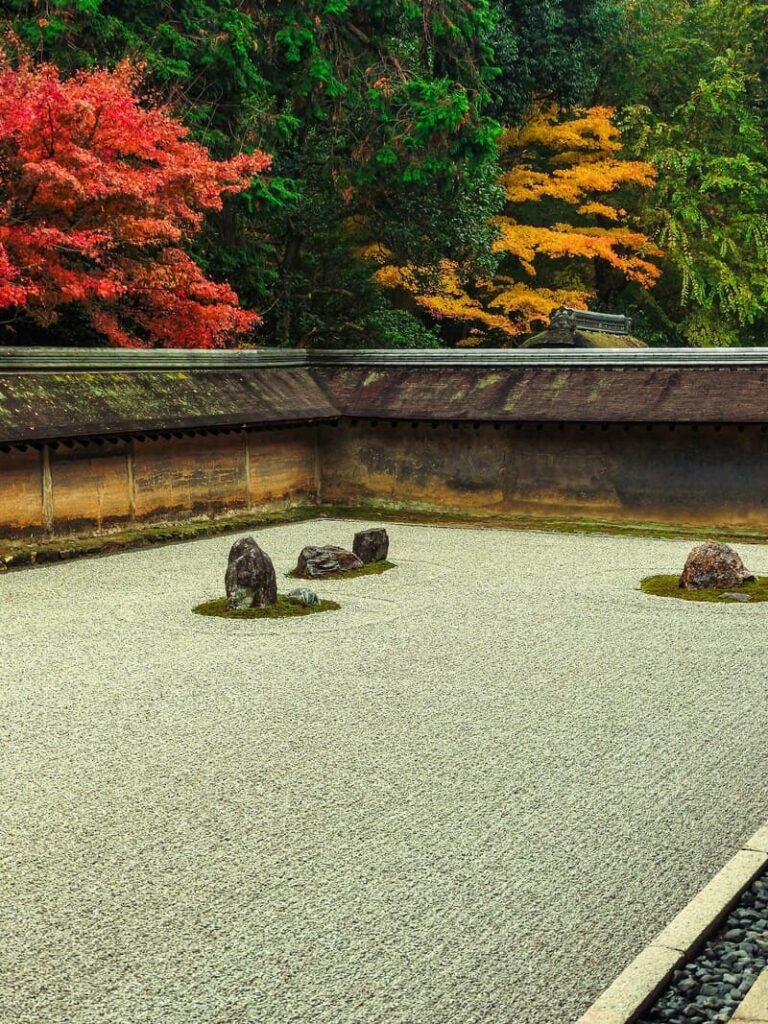1. History and Tradition
Kyoto served as Japan's capital for over a millennium, from 794 to 1868, and remains the heart of traditional Japanese culture. It is home to numerous historic sites, including over 2,000 temples and shrines like the famous Kinkaku-ji (Golden Pavilion) and the Fushimi Inari Shrine with its iconic torii gate pathways.
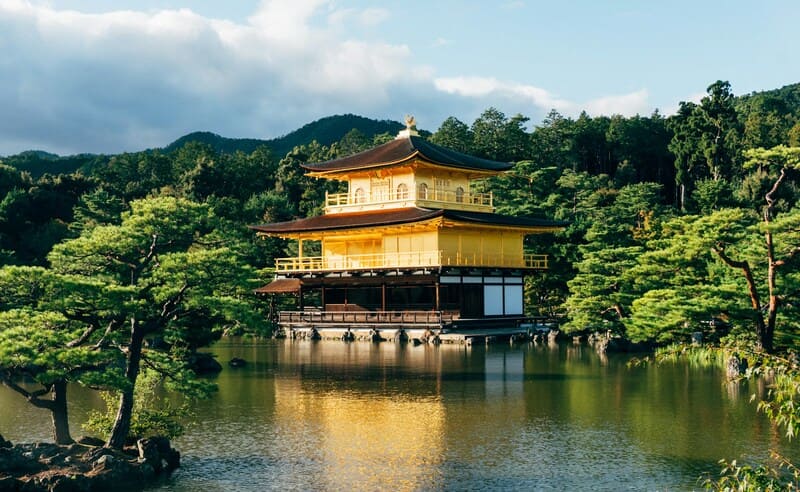
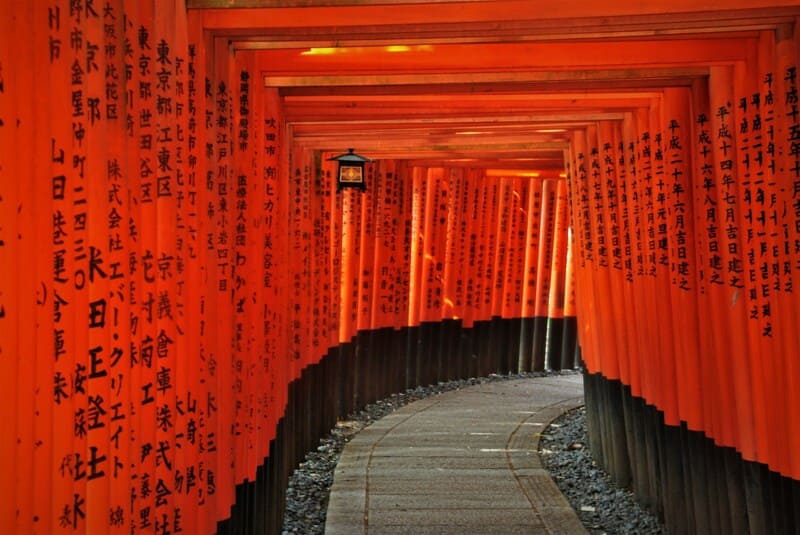
2. Architectural Heritage
Kyoto's architectural landscape is marked by its preservation of traditional machiya (townhouses) and ryokan (inns). The cityscape is dominated by low-lying buildings and scenic areas that maintain a historical look and feel, complying with strict regulations to preserve its cultural heritage.
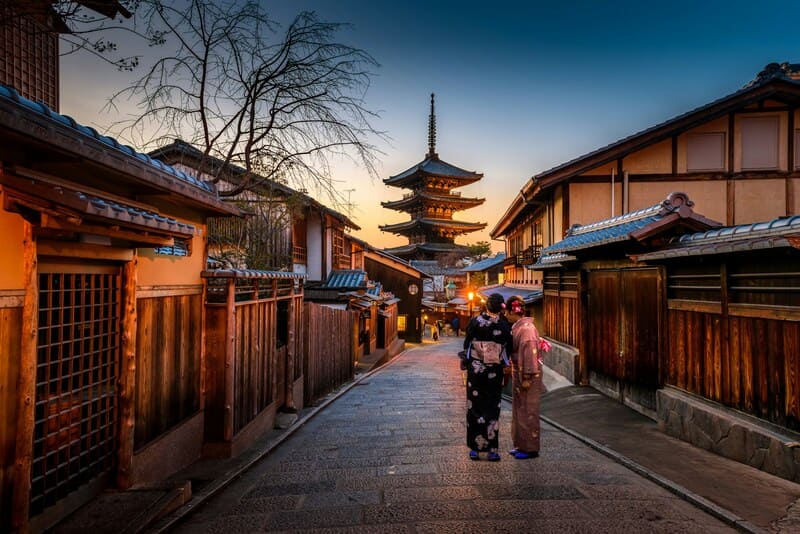
3. Culinary Delights
Kyoto is renowned for its kaiseki dining, a traditional multi-course meal that emphasizes seasonality and artful presentation. The city also offers unique vegetarian cuisine derived from Buddhist traditions, known as shojin ryori, and is famous for its matcha (green tea), which can be enjoyed in various tea houses scattered throughout the city.
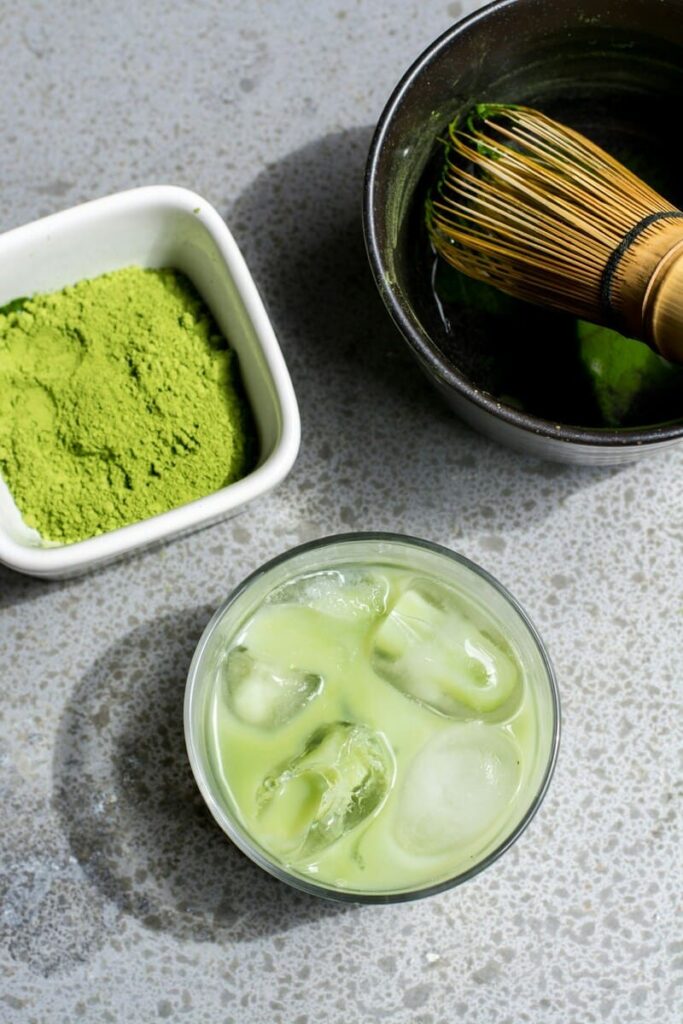
4. Cultural Hotspots
Kyoto is the center of traditional arts and crafts including tea ceremony, ikebana (flower arranging), and kimonos. Annual cultural events such as the Gion Matsuri, which dates back to 869 AD, display an array of ancient traditions through magnificent floats and parades.
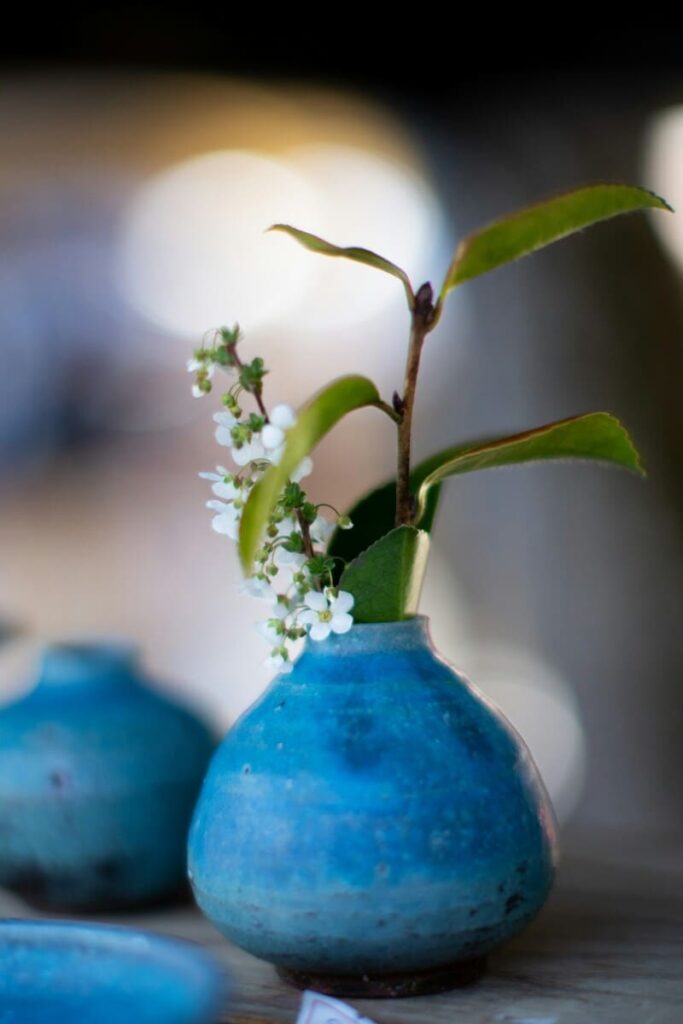
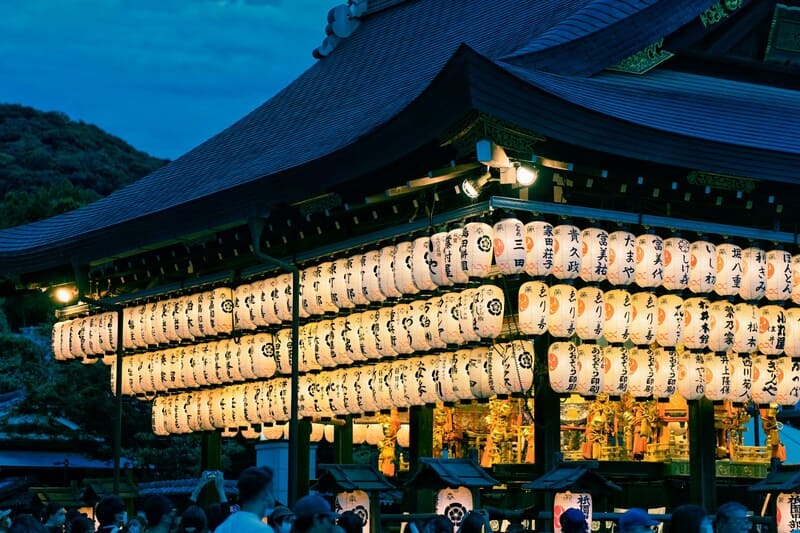
5. Gardens and Nature
Kyoto’s gardens are a testament to Japanese landscape design, offering serene settings that evoke a deep sense of calm. The Arashiyama Bamboo Grove is one of the most photographed natural sites, providing a stunning backdrop that changes with the seasons.
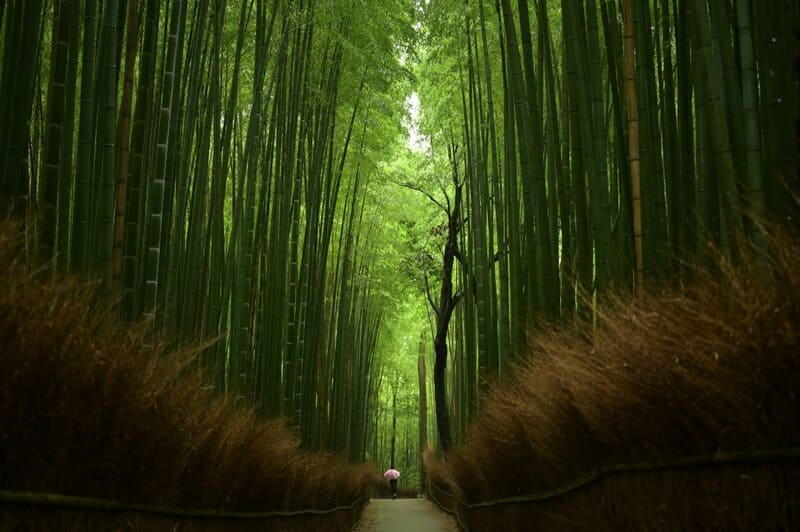
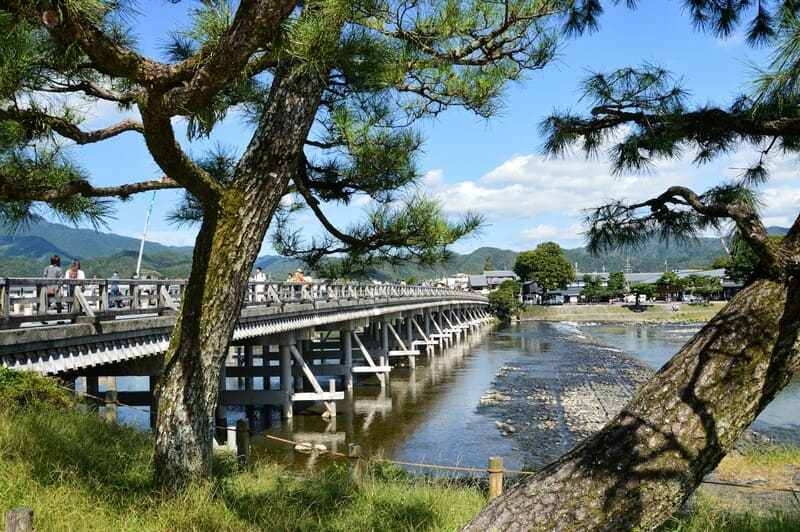
6. Educational and Artistic Institutions
Kyoto is a hub for education and the arts, housing numerous universities and cultural institutions like the Kyoto International Manga Museum and the Kyoto City Kyocera Museum of Art. These institutions not only preserve but also innovate within the realm of Japanese culture and art.
7. Shopping and Handicrafts
Kyoto is famous for its traditional handicrafts such as Kiyomizu pottery, Yuzen silk dyeing, and handmade washi paper. Areas like Nishiki Market offer a bustling atmosphere where visitors can find local crafts alongside fresh food products, making it a perfect place to discover Kyoto’s local flavors and artisan skills.
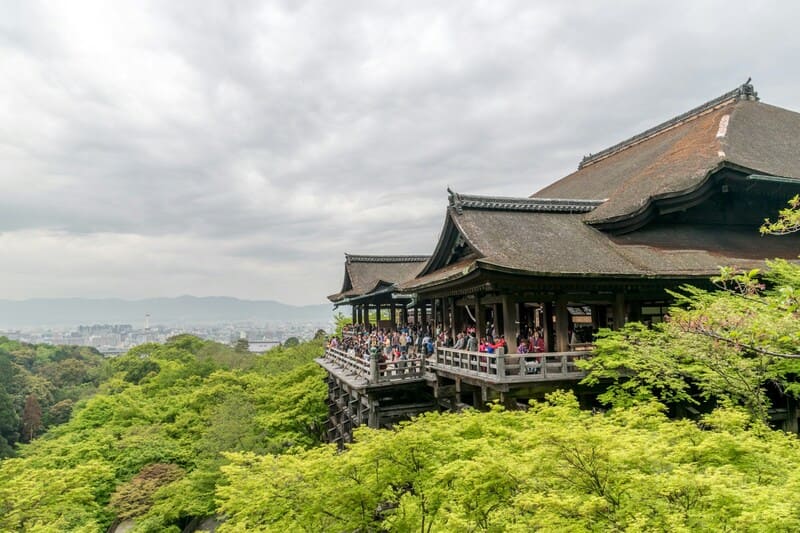
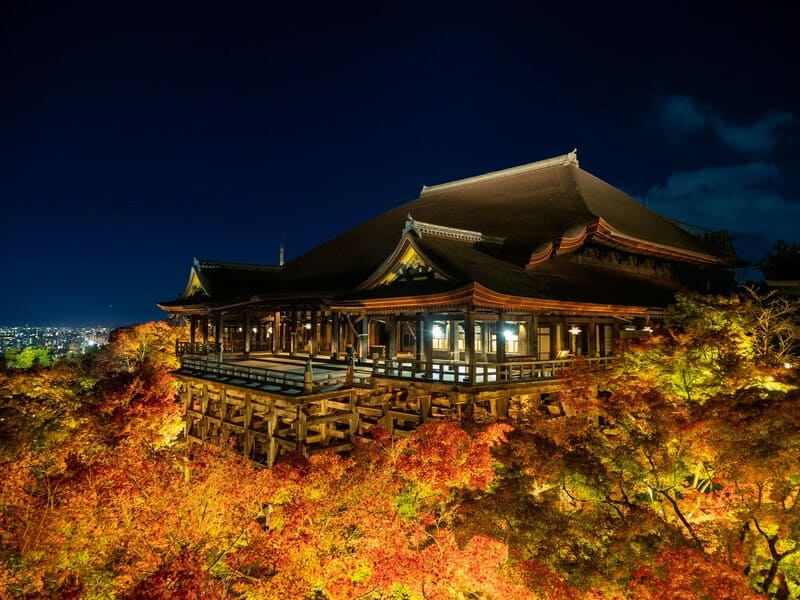
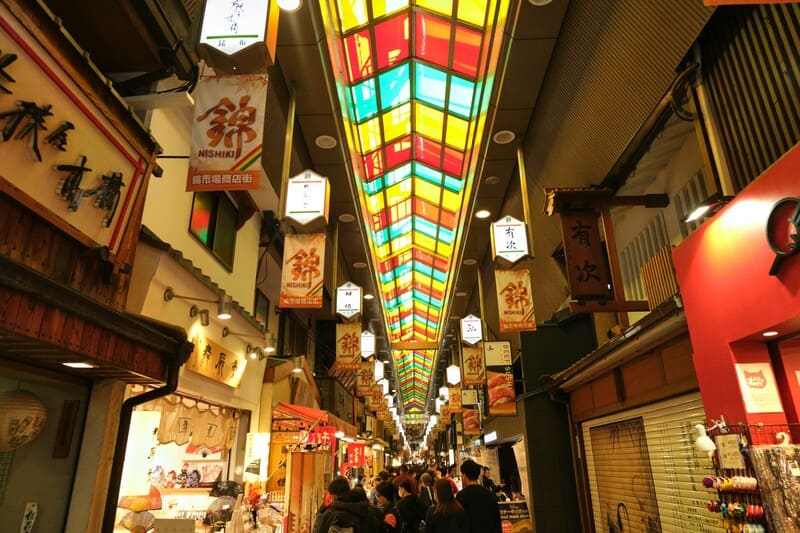
8. Spiritual Retreats
The city's numerous Zen gardens, temples, and shrines offer places for meditation and reflection. The Philosopher’s Path, a stone walkway that follows a cherry-tree-lined canal, is especially popular during cherry blossom season and is a great example of the peaceful environments available for visitors seeking tranquility.
